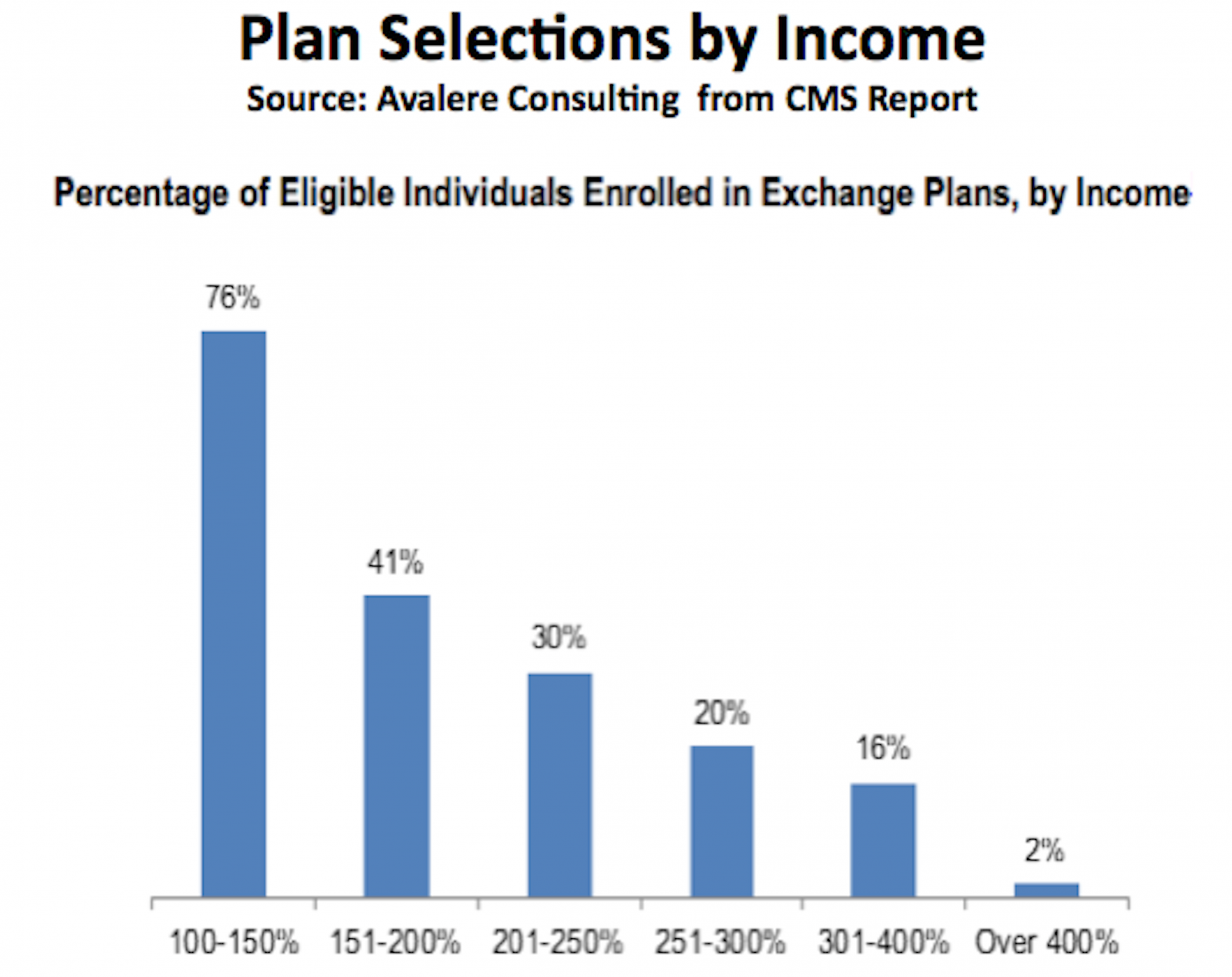Three days before the Fifth Circuit hears arguments in Texas v. United States, things are still cooking in Brownsville. Long story short, after Judge Hanen issued his injunction, DHS granted nearly 2,000 applications.
In an order issued today, Judge Hanen expressed his frustration that the government still has not taking action to rectify the situation. As a result, he scheduled a hearing for August 19, 2015. “Each individual Defendant must attend and be prepared to show why he or she should not be held in contempt of Court.” Who are the individual defendants? Secretary of DHS Jeh Johnson, the Commissioner of U.S. Customs and Protection, the Deputy Chief of U.S. Border Patrol, the Director of U.S. Immigration and Customs Enforcement, and the Director of U.S. Citizenship and Immigration Services. Yeah, basically, the entire DHS brass.
Here is the relevant portion of the order:
The Court was first apprised by the Government of the violations of its injunction on May 7, 2015. It admitted that it violated this Court’s injunction on at least 2,000 occasions—violations which have not yet been fixed. This Court has expressed its willingness to believe that these actions were accidental and not done purposefully to violate this Court’s order. Nevertheless, it is shocked and surprised at the cavalier attitude the Government has taken with regard to its “efforts” to rectify this situation. The Government promised this Court on May 7, 2015, that “immediate steps” were being taken to remedy the violations of the injunction. [See Doc. No. 247]. Yet, as of June 23, 2015—some six weeks after making that representation—the situation had not been rectified. With that in mind, the Court hereby sets a hearing for August 19, 2015, at 10:00 a.m. Each individual Defendant must attend and be prepared to show why he or she should not be held in contempt of Court. In addition to the individual Defendants, the Government shall bring all relevant witnesses on this topic as the Court will not continue this matter to a later date. The Government has conceded that it has directly violated this Court’s Order in its May 7, 2015 Advisory, yet, as of today, two months have passed since the Advisory and it has not remediated its own violative behavior. That is unacceptable and, as far as the Government’s attorneys are concerned, completely unprofessional. To be clear, this Court expects the Government to be in full compliance with this Court’s injunction. Compliance as to just those aliens living in the Plaintiff States is not full compliance.
If the government can remedy the situation, the hearing will be cancelled.
If the Government remedies this situation and comes into compliance with this Court’s injunction by July 31, 2015, it shall include a summary of that situation in the July 31, 2015 report to the Court. If the Court is satisfied with the Government’s representations, it will cancel the August 19, 2015 hearing. Otherwise, the Court intends to utilize all available powers to compel compliance.
Either way, expect sanctions.
This Court began its last hearing by explaining its reluctance to sanction any party or attorney. If nothing else, sanctions bog both the parties and the Court down on side issues that detract their attention from the real focus: the merits and resolution of the case. Nevertheless, no reasonable person could possibly consider a direct violation of an injunction a side issue. Furthermore, at some point, when a non-compliant party refuses to bring its conduct into compliance, one must conclude that the conduct is not accidental, but deliberate. If these violations have not been corrected by the end of this month, absent very compelling evidence, which this Court will be glad to consider, the only logical conclusion is that the Government needs a stronger motivation to comply with lawful court orders. Neither side should interpret this Court’s personal preference to not sanction lawyers or parties as an indication that it will merely acquiesce to a party’s unlawful conduct.
Yikes.
[Disclosure: I filed a brief before Judge Hanen back in January. I could not have fathomed the twists and turns this case has taken since then].
Update: Apparently, there is some precedent here. In an 11th Circuit case from 2010 styled In re: U.S. Environmental Protection Agency, the court granted the EPA’s writ of mandamus “to substitute the appearance of the Assistant Administrator for Water of the Agency, Peter Silva, for the appearance of the Administrator of the Agency, Lisa Jackson, at a hearing about compliance by the Agency with orders entered by the district court that concern pollution of the Everglades.”
Judge Pryor, writing for the 11th Circuit granted the writ of mandamus, finding there are possible separation of powers problems with the district court’s refusal to allow the substitution.
The district court denied the motion for substitution and ordered the appearance of the Administrator who is a high-ranking official of the executive branch. See 5 U.S.C. § 5313. The Agency argues that compelling a high executive official to appear in a judicial proceeding encroaches on the separation of powers and, absent exigent circumstances, the judicial branch must respect the discretion of the executive branch to designate which high-ranking official should represent the Agency in a judicial proceeding. The record establishes no special need for compelling the appearance of the Administrator; the Assistant Administrator is an adequate substitute. Because the district court abused its discretion by compelling the appearance of the Administrator, and there is no other adequate remedy available, we GRANT the petition for a writ of mandamus and direct the district court to allow the substitution.
This order, though conditional on DHS failing to rectify the situation, is quite serious, and inappropriate. Unfortunately, it distracts from the serious rule of law issues attending DHS’s behavior by demanding the Secretary trek down to Brownsville. I suspect DOJ will find a way to resolve this situation before it gets to mandamus.
H/T @BrianWToth
Update 2: In a related case, the Federal Circuit granted the government’s petition for a writ of mandamus, blocking a deposition for Fed Chairman Ben Bernanke.
In pursuit of its claims, the investor seeks to depose Ben S. Bernanke, Chairman of the Board of Governors of the Federal Reserve. Before this court is the government’s petition for a writ of mandamus seeking to direct the Claims Court to issue a protective order. For the following reasons, we grant the petition.
H/T @InvCondemnation

